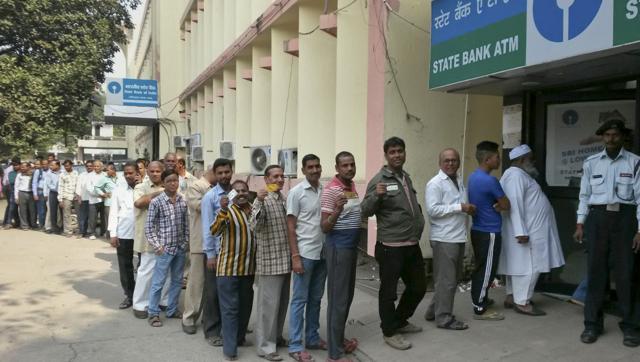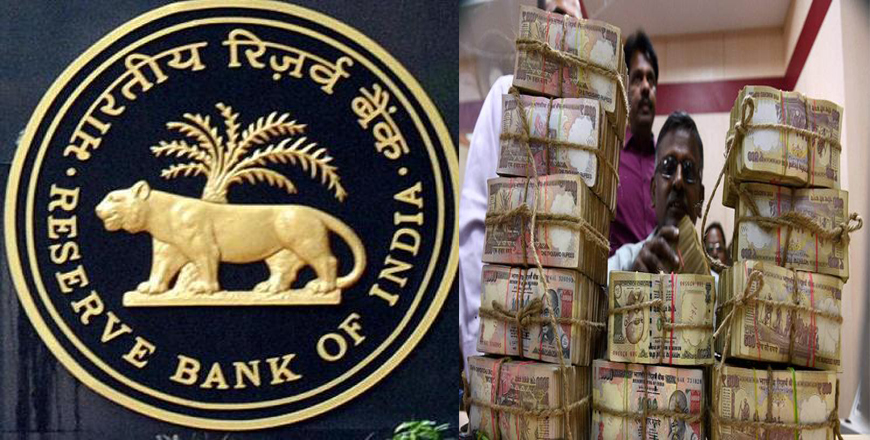With three and a half weeks to go before the deadline to deposit old Rs 500 and Rs 1000 notes in banks is over, Rs 9.85 lakh crore have already been deposited in banks after November 8 in these denominations.
According to a report, this challenges the Centre’s estimate that demonetisation might flush out about Rs 3 lakh crore in black money that may never come back.
The government expected at least 10% of the Rs 14.6 lakh crore removed from the economy on November 8 to disappear for good – which would have reduced the RBI’s liability.

But the large amount deposited so far indicates that black money hoarders may have found ways to convert their cash into white money.
A massive number of deposits of Rs 49,000 have been made into Jan Dhan accounts. This is suspicious because the threshold to avoid furnishing PAN number for deposits is Rs 50,000.
Thus, Prime Minister Narendra Modi’s warning about black money hoarders depositing money into Jan Dhan accounts to escape the arm of the law seems to carry weight.
There are also instances where employers, including educational institutions and hospitals, put money into accounts of employees and have taken post-dated cheques as security, said the report.
The Centre is aware of this laundering on “industrial scale”, and has responded by tweaking regulations of the Income Tax Act. It has also restricted withdrawals from Jan Dhan accounts, in what is a ‘cat and mouse game’ between the Centre and black money hoarders, an official was quoted as saying.
But the report said a substantial amount of black money will still be flushed out and this, coupled with what is expected to be realised by higher tax and penalty on undeclared cash, will help the Centre justify demonetisation.














